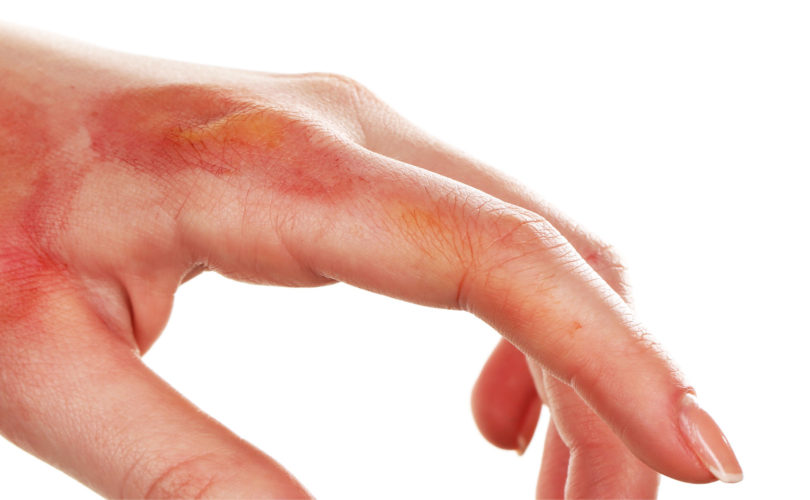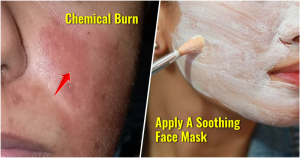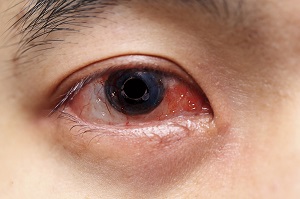

Share on Pinterest Industries where chemical burns may happen include manufacturing, construction and agriculture. More serious chemical burns require rehabilitation, which may include:
CHEMICAL BURN FROM BLEACH SKIN
skin grafting – removing healthy skin from one part of the body to cover the wound.fluids given through the vein – fluid loss in common with burn injuries.third degree burns affect the deepest layers of the skin and tissues underneathĭepending on the severity of the burn, doctors will employ different methods to treat chemical burns, such as:.second degree burns cause injury to the second layer of skin.first degree burns affect the top layer of the skin.The first step in treatment is to determine the burn type, as follows:

Treatment will depend on the cause, severity, deepness of burns, and the extent of tissue that has been damaged. A treatment plan will then be prepared based on the person’s overall condition, the type of exposure, and the likelihood that the person’s symptoms may worsen.īurns can cause swelling, blisters, scars, pain, shock, and can even be fatal. After evaluation, they will be stabilized.ĭoctors may carry out further lab work and other diagnostic tests to determine any further health concerns. In the emergency room, the person will be evaluated rapidly to determine how much tissue has been affected and the extent of the injury.

CHEMICAL BURN FROM BLEACH HOW TO
If a parent suspects that a child has inhaled or swallowed a chemical, the parent should first call their local poison control center and find out how to proceed in order to avoid further injury.įor serious chemical burns and exposures, it is a good idea to call for emergency medical services.Ī few examples where emergency services should be called include when: If this is done quickly enough, burns will be less severe and recovery time might be shortened.Ĭhemical burns often require some kind of medical treatment or a trip to the hospital. They should then wash the affected area with water for at least 20 minutes. If someone has been exposed to a chemical affecting the skin or eyes, the first thing to do is take off contaminated clothes. Share on Pinterest The emergency medical services should be called for serious chemical burns. If someone has swallowed or inhaled a chemical, they may experience one or more of the following symptoms:

Symptoms also vary if the chemical was swallowed or inhaled. Symptoms will vary based on how the chemical responds once in contact with the skin, eyes, or inside of the body. Knowing the type of chemical that caused the burn is important. whether the chemical was gas, liquid, or solid.the amount and strength of the chemical.whether there were open cuts during contact.whether the chemical was inhaled, swallowed, or touched.when the skin was in contact with the chemical.Chemical burns tend to be deep burns, and symptoms of a chemical burn will vary depending on a variety of factors.


 0 kommentar(er)
0 kommentar(er)
